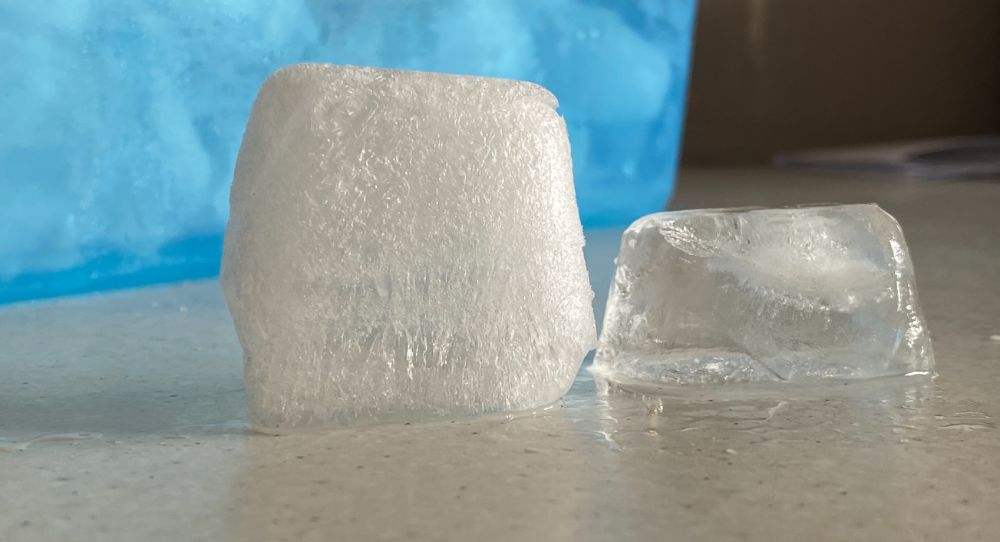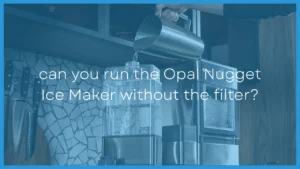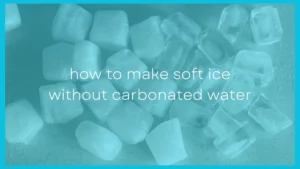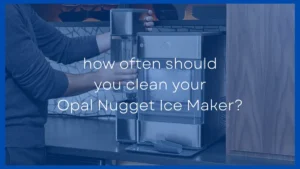Your everyday ice is very easy to make. Put some water in an ice tray, stick it in the freezer for a little while, and enjoy your drink a bit colder than usual. But is it possible to make carbonated ice that is fizzy and carbonates your drink as it melts?
It's nearly impossible to make carbonated ice with dissolved carbon dioxide in the ice. As the water freezes the carbon dioxide escapes giving you soft ice with lots of air bubbles, but no carbon dioxide left. Dry ice and glacial ice is the only real carbonated ice.
I wanted to make carbonated ice for my kids and tried a few different methods. After the ice wasn't “fizzy” I did some researching into how to make carbonated ice and the results were really interesting.
Can You Make Carbonated Ice?
I thought it would be easy to make carbonated ice. Just take some carbonated water or club soda and freeze it. The ice it produces should then be carbonated right? Unfortunately not.
When water is frozen, carbon dioxide usually gets expelled from the water. The colder the water gets the more the CO2 gas is pushed out.
This expulsion allows the water (H2O) molecules to get closer together, making the water solid and into ice.
It is possible to make carbonated ice but to do so you need to either just use dry ice (which itself is frozen CO2 gas) or you need to create ice under extremely high pressures, which isn't generally possible to do in a home freezer.
What Happens If You Try To Freeze A Bottle/Can of Soda Or Carbonated Water?
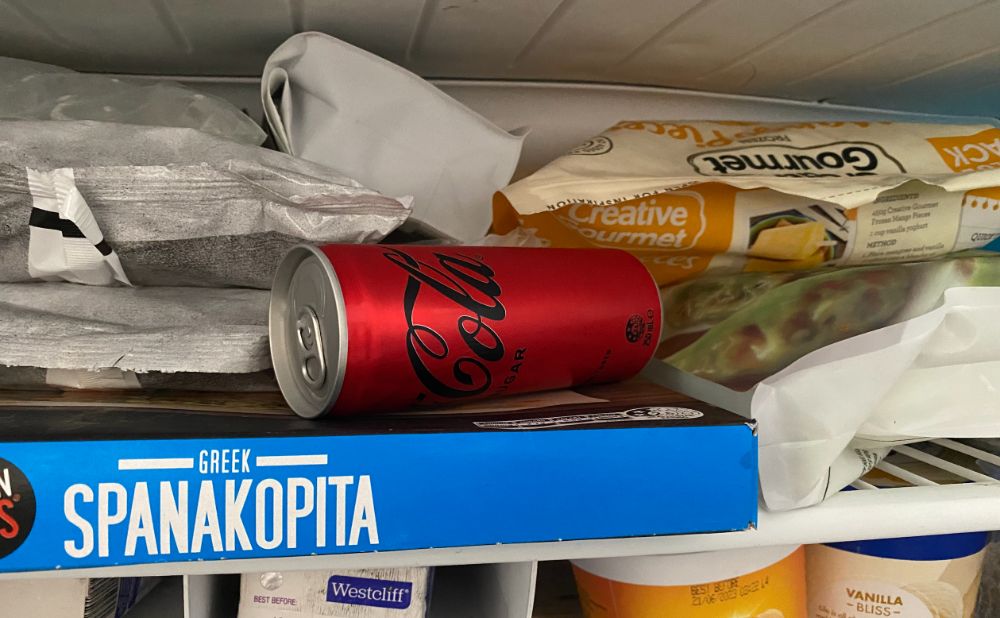
It is tough to make carbonated ice from carbonated liquids. If you put carbonated water in an ice tray, it definitely will not be carbonated when it thaws out due to the top of ice trays being open, making it easy for the carbon dioxide molecules to escape into the air.
Most of the time, any container you use will not produce ice that is ‘fizzy’ like the carbonated drink was before.
This issue can be easily prevented by putting the carbonated drink in an enclosed container such as a bottle or a plastic bag. Right? Wrong
If you choose to attempt this, you must be aware that water expands when it gets turned into ice but also the colder the water gets the more the CO2 wants to escape the water. This can build up huge pressures causing your container to explode or make it a ticking time bomb.
Or best case scenario the carbonation slips out under the lid of the container and you're just left with regular ice.
If you could trap the carbonated liquid in a high-pressure container that will not explode or allow the carbon dioxide to escape, then you can create carbonated ice. But this isn't recommended in your home freezer.
What you usually end up with when trying to make carbonated ice is soft ice. Soft ice is less dense than regular ice and chewy in texture as it's easy to bite into. It's a great type of ice, but it's not carbonated ice.
Simply freezing a carbonated drink in your freezer will not actually make the ice fizzy, and the ice will become a not-fizzy liquid when thawed.
How To Make Soft Ice With Carbonated Water?
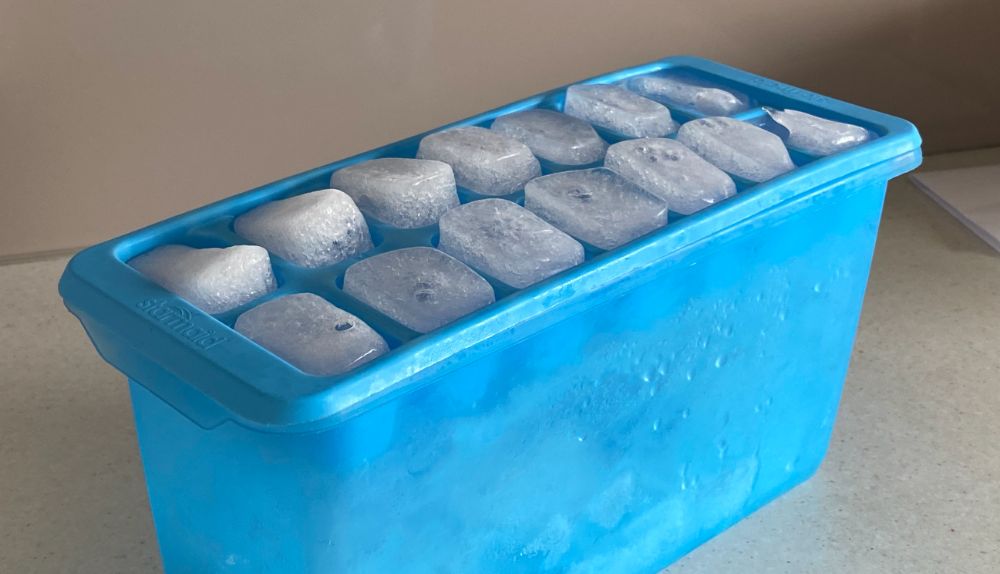
On the plus side, even though you will not be able to make ‘fizzy’ ice from freezing carbonated water, you will be able to make something called soft ice (or white ice, as it looks white).
Due to the carbon dioxide escaping as the water freezes into ice, the ice is full of air bubbles and becomes softer and easier to crush. Carbonated water is one of the best ways to make soft chewy ice at home.
Due to the ice being more aerated, it floats in your drink a lot easier and it often ends up larger than regular ice cubes. It is easy to make soft ice:
- Pour carbonated water into an ice tray or any container you want to put the ice in.
- Freeze the water.
- Take the ice out when frozen and crush it, stick it in a drink (or a snow cone) and enjoy.
White ice can also be made by something called a nugget ice maker; this machine makes softer ice than cubed ice you will make in your freezer. The ice is softer than regular ice cubes and therefore easier to chew and break.
Is There Such A Thing As Carbonated Ice?

Yes, carbonated ice is called dry ice. Dry ice is frozen carbon dioxide and as it heats up it sublimates (or turns directly into a gas). Dry ice can be used to carbonate drinks and make them fizzy.
Due to dry being carbon dioxide, if you put it in your drink, it is like you have a homemade SodaStream. The dry ice in any drink will turn from its solid state into its gaseous state and some of that gas will get dissolved in your drink – carbonating it and making it fizzy in the process. However, it's very important you do not consume dry ice as it can be very dangerous.
Glacial ice also counts as carbonated ice. This is due to the ice being formed over hundreds of years. The weight of the ice in the glacier causes some ice to melt and then refreeze under intense pressures. Pressures so strong that the carbon dioxide gas cannot escape.
This high pressure traps the carbon dioxide and makes carbonated ice, though this will probably not actually make your drink fizzy when you put it inside your drink.
3 Ways To Make Carbonated Ice (With Carbon Dioxide Still Trapped Inside)
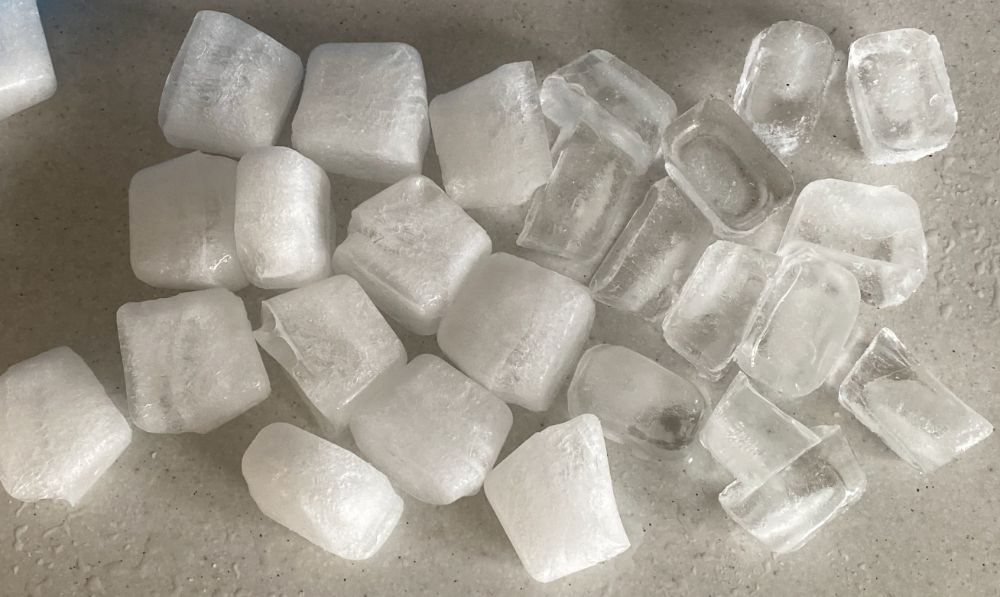
1. Use Dry Ice
The easiest way to make carbonated ice is to use dry ice because it's pure frozen CO2 and by its nature is 100% carbonated. How dry ice is made is very interesting.
It does not have any water, so it will not water down your drink when you put it inside. Instead, it will carbonate your beverage while at the same time cooling it down.
2. Freeze The Outside Of Carbonated Water Quickly
When you freeze carbonated water, the slow freezing allows the carbon dioxide to escape. To prevent this, if you find a way to freeze the outside layers of the carbonated water before the inside, it could trap the carbon dioxide in the ice and results in carbonated ice.
3. Freeze The Carbonated Water Under High Pressure
Low pressures when freezing ice allows for other gasses to escape the water. This is why trying to freeze carbonated water in your freezer is likely not to work.
On the other hand, if you allow the carbonated water to be frozen under very high pressures, the gasses will not allow as many gasses to escape, and you will get left with your desired carbonated ice.
Conclusion
Simply putting carbonated water in your ice trays and sticking them in the freezer will not get you the carbonated ice you want. Instead, the gasses will escape, and the ice will taste like still water when melted.
The solid-state of carbon dioxide is called dry ice, and it skips the liquid state, so when it melts in the drink you put it in, it will turn straight into gas and carbonate your beverage.
It is possible to use carbonated water to make carbonated ice but only if the water is frozen under high pressures to trap the carbon dioxide in the water.

